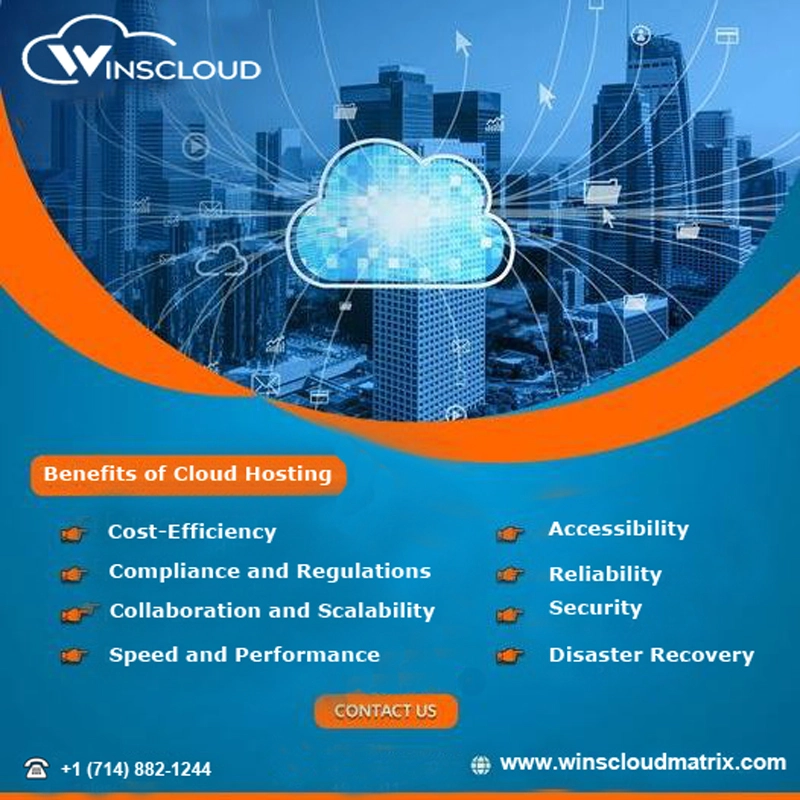
Cloud Hosting or On-Premise: What’s Right for Your Tax & Accounting Software?

When choosing between cloud hosting and on-premise deployment for tax and accounting software, businesses should carefully evaluate the pros and cons of each option, taking into account factors like cost, control, accessibility, and scalability.
Cloud Hosting for Tax & Accounting Software
Benefits
Remote Accessibility: Access tax and accounting software from anywhere with an internet connection, enabling flexible remote work.
Scalability: Easily adjust resources to meet business needs without significant hardware investments.
Cost Efficiency: Lower initial costs with a pay-as-you-go pricing model that aligns expenses with usage.
Automatic Updates and Maintenance: Cloud providers take care of software updates, security patches, and maintenance tasks.
Disaster Recovery: Strong disaster recovery solutions featuring automated backups and data redundancy.
Enhanced Security: Advanced security measures, including encryption and multi-factor authentication, to protect data.
Lower IT Overhead: Reduces the workload on internal IT staff, allowing them to concentrate on more critical tasks.
Drawbacks
Recurring Costs: Ongoing subscription fees can add up over time.
Internet Dependency: Requires a stable internet connection; downtime can affect access.
Less Control: Limited authority over the server environment, relying on the cloud provider for maintenance and support.
On-Premise Deployment for Tax & Accounting Software
Benefits
Control: Complete control over the server environment, including hardware, software, and security.
Customizability: Enhanced flexibility to tailor the system and integrate with other on-premise applications.
One-Time Costs: Initial capital investment with no recurring subscription fees.
Data Sovereignty: Full control over data storage, essential for meeting compliance requirements.
Performance: Potentially improved performance and response times, as data access is not reliant on internet connectivity.
Drawbacks
Higher Initial Costs: Substantial upfront investment in hardware, software licenses, and IT infrastructure.
Maintenance and Support: Ongoing maintenance, updates, and support fall to the internal IT team.
Limited Scalability: Scaling up necessitates additional hardware purchases, which may involve downtime.
Disaster Recovery: In-house disaster recovery solutions can be complex and expensive to implement.
Accessibility: Access is restricted to on-site locations or requires additional solutions, such as VPNs, for remote connectivity.
Conclusion
Cloud hosting is well-suited for businesses that prioritize flexibility, scalability, and lower IT overhead, especially those with remote workforces or limited initial capital. On-premise deployment is more appropriate for companies that require full control over their IT environment, have specific compliance requirements, or prefer a one-time investment. Ultimately, the choice should reflect the company’s needs, budget, IT capabilities, and long-term objectives.


